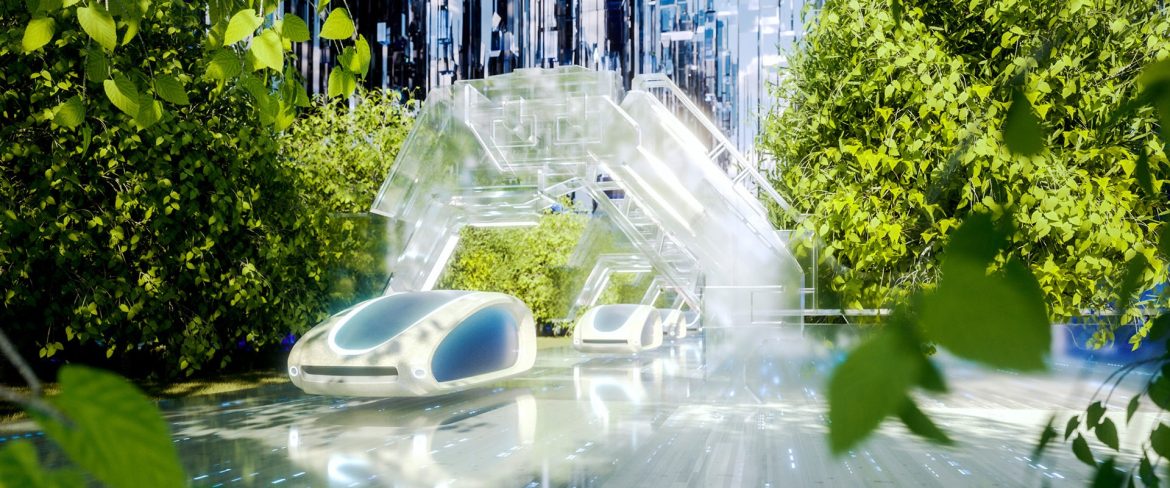Renewable energy technology has made significant strides in recent years, driving the global transition towards more sustainable and environmentally friendly energy sources. As we look ahead to the future, it’s essential to explore the innovations and advancements that will shape the renewable energy landscape. In this article, we’ll delve into expert insights on the exciting developments and technologies that promise to revolutionize renewable energy production and utilization.
Advancements in Solar Power
Solar Panels with Higher Efficiency
The future of solar power is bright, with ongoing research and development efforts focused on enhancing the efficiency of solar panels. Innovations such as perovskite solar cells and bifacial panels are poised to increase energy capture and conversion rates significantly. These advancements will make solar energy more accessible and cost-effective for a broader range of applications.
Integrated Solar Solutions
Integration is a key trend in solar technology. Solar panels are being incorporated into various everyday items, from windows and roofing materials to vehicle surfaces. These integrated solutions not only generate electricity but also blend seamlessly with existing infrastructure, making renewable energy a more integral part of our lives.
Wind Energy Evolution
Offshore Wind Farms
Offshore wind farms are becoming increasingly prevalent, harnessing the powerful and consistent winds over the open sea. Innovations in turbine design and floating platforms have made it possible to deploy wind farms in deeper waters, expanding the potential for offshore wind energy production. This technology promises higher energy yields and reduced environmental impact.
Vertical Axis Wind Turbines
Vertical axis wind turbines are gaining attention for their versatility and potential to generate energy in urban and remote locations. These turbines are less sensitive to wind direction and can be installed closer to the ground, making them suitable for a wider range of environments. Their compact design also allows for more efficient use of space.
Breakthroughs in Energy Storage
Next-Generation Batteries
Energy storage is a crucial component of renewable energy systems, enabling consistent power supply when the sun isn’t shining or the wind isn’t blowing. Next-generation batteries, including solid-state batteries and advanced lithium-ion variants, offer higher energy density, longer lifespan, and faster charging capabilities. These improvements are vital for grid stability and electric vehicle adoption.
Flow Batteries
Flow batteries are emerging as a promising energy storage solution. They store energy in liquid electrolytes, allowing for easy scalability and longer cycle life. Flow batteries are well-suited for grid-scale applications and can help balance supply and demand in renewable energy networks.
Grid Modernization
Smart Grids
The future of renewable energy relies on smart grids that can efficiently manage the integration of variable energy sources. Advanced sensors, communication networks, and data analytics enable smart grids to optimize energy distribution, reduce losses, and respond to fluctuations in real-time. These grids are essential for accommodating the growing share of renewables on the grid.
Decentralized Energy Production
The rise of decentralized energy production is transforming the energy landscape. Small-scale renewable energy systems, such as rooftop solar panels and residential wind turbines, empower individuals and communities to generate their electricity. This decentralization reduces transmission losses and enhances energy resilience.
Innovations in Geothermal and Hydrokinetic Energy
Enhanced Geothermal Systems
Enhanced geothermal systems (EGS) are tapping into the Earth’s heat more efficiently by creating artificial reservoirs underground. EGS technology has the potential to make geothermal energy accessible in regions with lower geothermal resources, expanding its reach and impact.
Hydrokinetic Energy
Hydrokinetic energy captures the kinetic energy of moving water, such as ocean currents and river flows, to generate electricity. Innovations in hydrokinetic turbines and underwater installations are making this technology a viable source of renewable energy in areas with strong water currents.
Conclusion
The future of renewable energy technology is filled with exciting possibilities. Advances in solar power, wind energy, energy storage, grid modernization, and other areas promise to reshape the way we produce and consume energy. These innovations are not only environmentally sustainable but also economically viable, driving the global transition towards a cleaner and more sustainable energy future.

